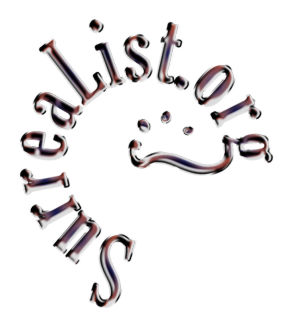
Hexagram Nineteen—Wise Management
There is possibility for growth in all directions, but the wise manager remembers to watch for the problems that inevitably come in any endeavor. The hexagram predicts problems in the eighth month, which symbolizes the last phase, as the Western equivalent to "the eleventh hour."
The first line, yang, shows its subject walking with the person in the second line. The person in the first line observes the situation and enforces the rules to ensure good results. This person would do well to realize that sometimes the rules must be bent slightly to suit a situation.
The second line, yang, shows its subject walking with the person in the first line. This person in the second line is the creative partner; their insights and ideas will provide assurance in every situation. The two partners may represent the two sides of the self, discipline and imagination.
The third line, yin, shows that management has become lax. Becoming aware of the situation the two partners work together to get it under control.
The fourth line, yin, shows proper management is achieved.
In the fifth line, yin, management is handled with great intelligence. When things are planned and managed properly, such wisdom will bring great success.
The sixth line, yin, shows that the partners have worked with integrity and generosity to bring about success.
Hexagram Nineteen Commentary
A qualified manager has a sense of what to do to make a project successful. In addition, a wise manager understands what can go wrong and knows what to do. The introduction says, "The hexagram predicts problems in the eighth month," which is an idiom similar to our modern use of the idiom "the eleventh hour," or "last minute." The solution expressed in this hexagram is of two people walking together, one who represents the disciplined side of the self, and the other who represents the creative imagination.
The first line, yang, shows the disciplined person who supplies the expertise and enforces the rules. Sometimes the rules must be bent, but this person knows the limits because of experience.
The second line, yang, shows the creative person walking along side the subject of the first line. Together the line says they represent "the two sides of the self, discipline and imagination."
The third line, yin, shows how the two sides of the self work together. For example, if management becomes lax, they work together to restore balance.
The fourth line, yin, affirms, discipline and imagination working together in harmony will avert last minute disasters, or fix them, and this is the correct attitude.
The fifth line, yin, affirms again, intelligence, creativity, and planning ahead lead to success.
The sixth line, yin, affirms for the third time, the combination of integrity (discipline) and generosity (creative intelligence) brings success.
To the reader: Most of the hexagrams have at least one line that predicts bad results, but that does NOT mean you are fated to that result. The hexagrams illustrate different attitudes, so study the actions and reactions to learn the attitudes that will lead to better outcomes.
The I Ching teaches you to flow with changes and create positive change from the inside through conscious living. Your future is in your hands. Consult the I Ching for ideas that lead to clear thinking and positive mental attitude. Reading the I Ching helps you take the time to reflect on your attitudes and ideas. Continue asking until you feel positive about your course.

Click here for another hexagram.
A note about this interpretation of the I Ching: Nori Muster wrote this version of the I Ching in 1994 and put it online at Surrealist.org in 2000. It is also available at Amazon:
e-book
paperback
